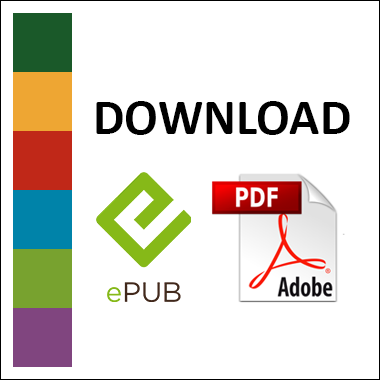 Programs of Study issued by the province, often referred to as the curriculum, state what is to be learned in terms of student outcomes; however, the depth of knowledge and what students gain is up to the teacher.
Programs of Study issued by the province, often referred to as the curriculum, state what is to be learned in terms of student outcomes; however, the depth of knowledge and what students gain is up to the teacher.
Teachers can experience a huge amount of pressure to cover all the outcomes in a Program of Studies. Sometimes, the content is out-of-date. Sometimes the outcomes are not written in increasing levels of complexity, i.e., more difficult to master disciplinary concepts are interlaced with more simplistic concepts or even facts. Teachers may need to spend time reorganizing a Program of Studies to ensure it maps well onto the inquiry study and that concepts that are central to the discipline are addressed in depth. There is great potential for teachers to be innovators and agents of change. Teachers can become leaders who collaborate to change system constraints that are less than ideal .
On the other hand, when educators see their job as simply covering a Program of Studies, student understanding is not front and center. Superficial coverage of many topics does not help students develop key competencies such as critical thinking, cooperation, and the ability to solve problems, create opportunities and manage information. When curriculum is ‘a mile wide and an inch deep’, it does not allow learners to see connections among the things they are learning. Deep understanding comes from being immersed in a subject for a long period of time. And during this time, as our understanding of a topic increases, the topic gets better and better, richer and richer, more and more constituted by hidden histories and ancestries and voices that had been forgotten or ignored .
Is there time for inquiry?
Inquiry is not something piled on top of student’s regular work. When designing an inquiry ensure students have a range of opportunities to acquire and demonstrate understanding. When teachers hold a strong command of the various Programs of Study they find they can design learning and address key concepts and required outcomes without having to create specific lessons and activities for each one. Don’t forget, the freedom that teachers have to adapt their instruction and assessment to the unique needs of their current students is an essential cornerstone for success .
Sometimes teachers worry that designing an inquiry means they need to ignore the Programs of Study. Nothing could be further from the truth. In order to work with a Program of Studies in powerful ways, they have to know it inside out.
A well-designed inquiry study should map directly to the outcomes teachers are required to address. This provides teachers with the confidence to address what is required by the Program of Studies and also what is required by the discipline or disciplines that guide the inquiry.
How to do it:
There are four places in the design process where you work directly with the Program of Studies:
- Take time to write down the general, or high-level learner expectations or outcomes your topic will address. This will act as a roadmap. They are the fundamental concepts on which everything else will hang.
- Make sure you are selective about what this inquiry will focus on. It’s easy to get overwhelmed with large numbers of small outcomes. You don’t have to cover every possible curriculum outcome with every project you design. Chances are good that if you pay closest attention to the major outcomes, you will address smaller curriculum details even more effectively as you go along.
- Structure tasks and activities that develop the fundamental understandings. This is the place where you will also pay close attention to the more specific outcomes. Do your tasks and activities build those specific competencies as well?
- Find ways of assessing whether students have learned what you identified as fundamental.


